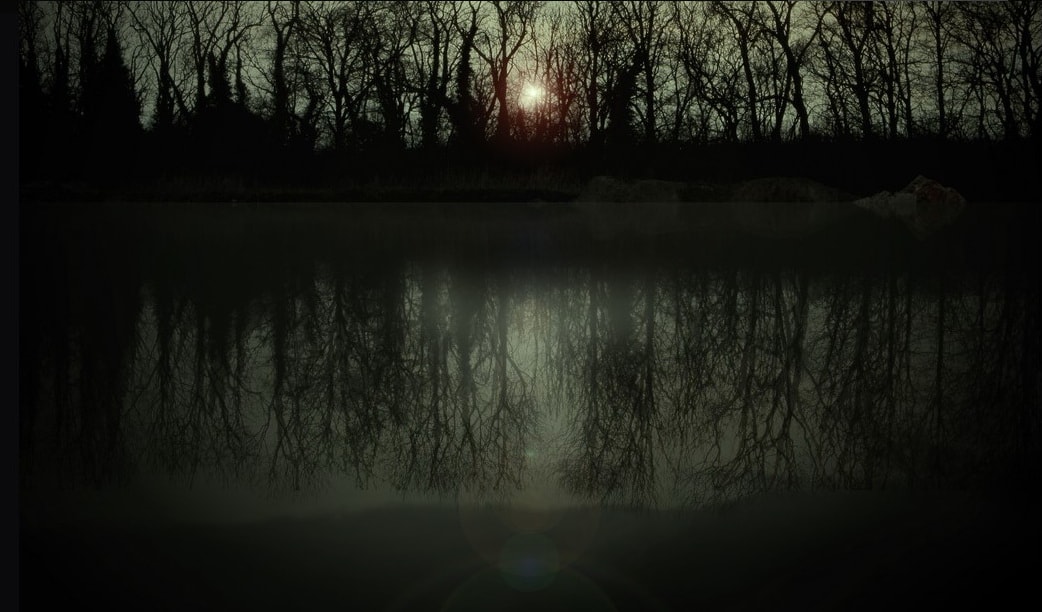
Edward Steichen, from pictorialism to modernism
The beginnings of Photography (1850 – 1895 )
Steichen (1879 – 1973) started his career at the moment where photography began to emerge as a form of art. The appearance of photographers caused an upheaval in an otherwise placid world: portrait painters dominated the market and imposed artistic standards.
The passage from Pictorialism to Modernism
The long career of Steichen took shape and evolved between two major artistic trends. He embraced both styles and excelled with an innovative production. His influence was very much present in the evolution of aesthetic values of the twentieth century. He is today an essential reference for the evolution of the art of photography.
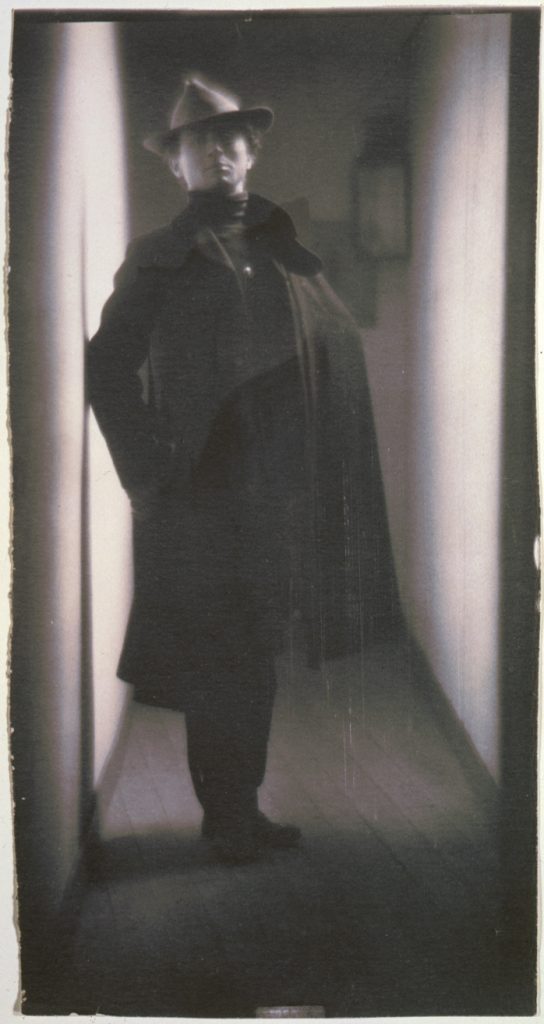
Edward Steichen, self-portrait, illustrating the importance that he attaches to the image of fashion
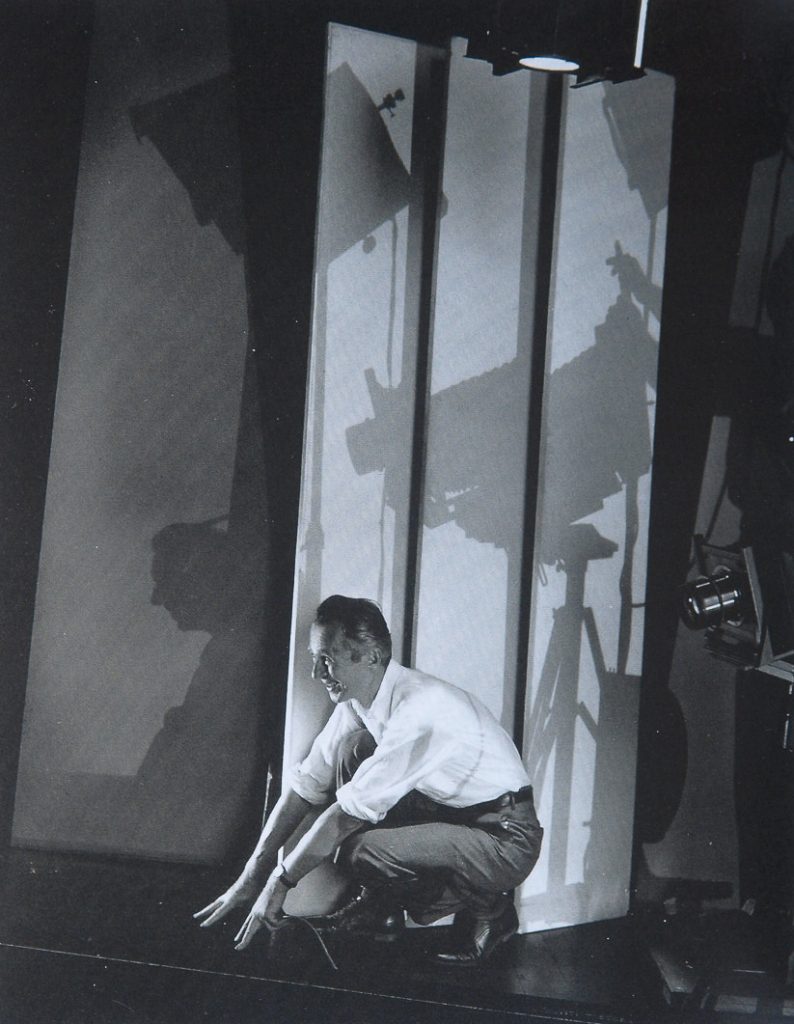
Edward Steichen, self-portrait, illustrating the type of equipment used in a studio at the beginning of the 1930s
Pictorialism
Photography, popularized beginning 1839, is first and foremost defined as a mechanical and scientific process enabling the capture of the visible reality.
Since its beginnings, photography has been perceived as a threat to many portrait painter artists. Photography was presented as a technique that was unworthy to the artistic production. The English photographers of the Victorian era would therefore have to demonstrate the quality of their artistic work. It was then the beginning of the “art of the image”. France would hold on to this term by naming this new movement the “pictorialism”. Pictorialism would subsequently claim the artistic position of the medium and attempt to give photography a place among the fine arts.
Pictorialist artists strive to go beyond the simple mechanical and strict nature of the process in order to make of photography an independent form of art and distinguish it from the traditional fine arts. The painter Auguste Donnay speaks of breaking “the vision of the meticulous-eyed monster”.
Among the pictorialist photographers whose works we have already discussed, we can take note of Edward Curtis, William Notman and Ansel Adams (at the beginning of his career).
In this regard, Edward Steichen is interesting because he began his career during the peak of the pictorialist period, seconded by his mentor Alfred Stieglitz (1864 – 1946).
The concepts behind pictorialism
Pictorialism broadly endorses the idea in which photographic art must simulate the painting and the etching. It favors human intervention in the photographic creation which, according to them, is the only thing that can confer artistic values to such a technical and chemical creation.
Various techniques were used to produce these images: significant manipulation in the dark room, special filters (including the soft-focus), unusual treatments during the development, use of special papers. Some artists “engraved” the surface of their print by using fine scratches. According to the encyclopedia Britanica, the objective was to achieve “a personal artistic expression”.
The pictorialists are more interested in the aesthetic effects than in the photographic act itself:
⦁ effects in the framing, the composition and the light;
⦁ processes with the bromide gum, coal, oil;
⦁ retouch of the negative or of the medium.
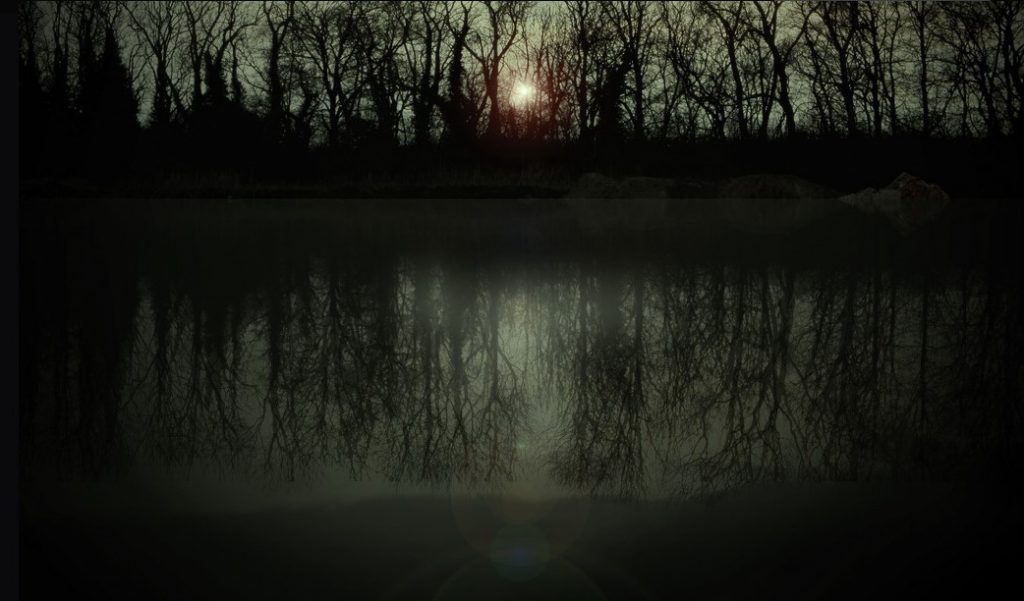
The Pond – Moonrise, 1904. In 2006, the original print was sold at an auction for a price of $2.9 million, the highest price ever paid for a photograph. There are only 3 prints of this image.

Fashion advertising photo, circa 1910
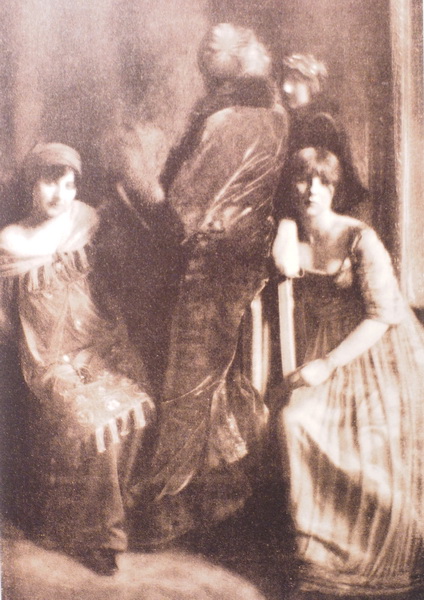
Fashion advertising photo, circa 1910
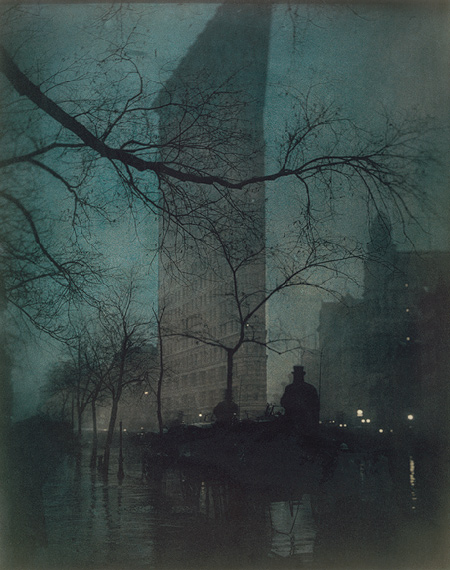
Flatiron, 1904, Pigmentation in several layers. Image inspired by Japanese impressions, very popular in Europe during this period
Modernism
Modernism is a philosophical movement which, in addition to trends and cultural changes, results in a major influence and entails profound transformations in western society at the end of the nineteenth century and at the beginning of the twentieth century. Some of the factors that have shaped modernism were the development of the modern industrial society and the rapid growth of cities, followed by the horrifying reactions to the First World War. The Modernism also rejects the certainty of the thoughts of the Enlightenment. Many Modernists also rejected religious belief.
The modernism, in general, includes the activities and the creations of those who believed that the traditional forms of art, architecture, literature, religion, philosophy, social organization, the activities of daily life, and even the social sciences, no longer correspond to the social and political reality. The new economic context and the emergence of a fully industrialized world bring a new artistic thought.
In this context, the emergence of abstract art was the basis of the movement opposing to the culture that is henceforth obsolete from the past. In this spirit, the emergence of abstract art in the 19th century was a precursor to modernism.
An important characteristic of Modernism is the self-consciousness and the irony concerning traditions related to literary artwork and social practices, which often translate to experiments related to the form, with the use of techniques and materials used for the creation of a painting, poetry, or buildings. The modernism has explicitly rejected the ideology of realism and makes use of past artworks by employing recovery, incorporation, rewriting, revision, recapitulation and parody.
Some commentators define modernism as a way of thinking, such as the self-conscience or the self-reference, which run on all the novelties in the field of arts and other disciplines. Particularly in the West, many consider it to be a progressive social trend by affirming the power of human beings to create, improve and transform their environment with the help of practical experimentation, scientific knowledge, or technology. In this perspective, modernism has encouraged the re-examination of all aspects of the existence, from trade to philosophy, with the aim of finding what could have prevented progress, and to replace it with new ways to achieve the same purpose. Others see modernism as an aesthetic of the introspection.
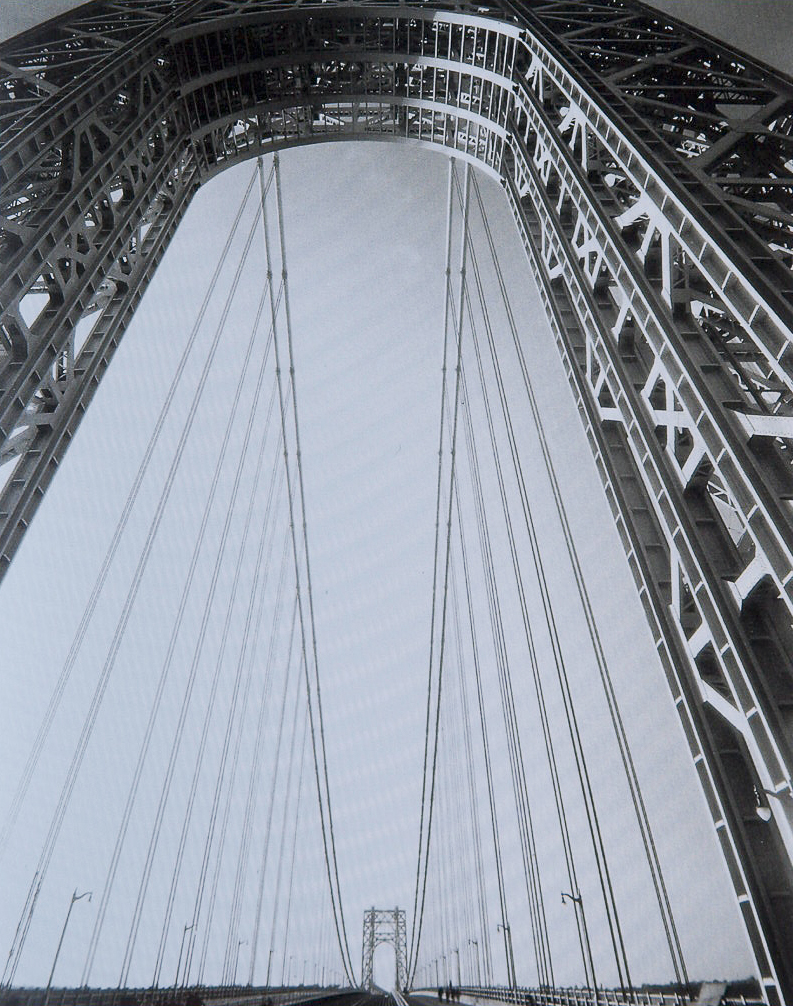
George Washington Bridge, New York, 1931. The triumphant optimist, a modern vision of society’s progress which became an icon during its era
From modernism to ‘mainstream’
The appearance of the commercial market: Growth of the photography market, including editorial image or publicity, corporate, such as annual reports, and several variants of functional photography.
Steichen supported this trend, being himself in search of a wider audience.
The period of peace between the years of war: Built by his experience during the First World War, he became involved in the navy of the United States in an ’embedded’ form, which gave him access to the combat zones.
Road to Victory
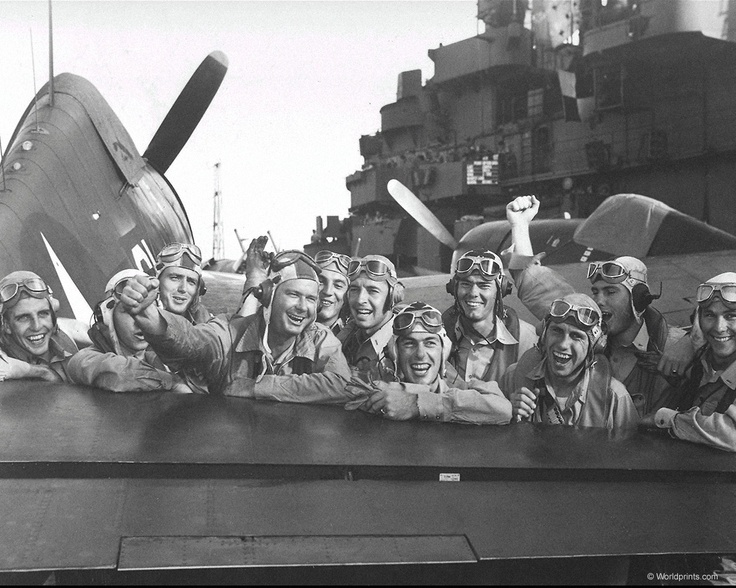
1942, Museum of Modern Art
Exhibition of propaganda, for the support of war efforts
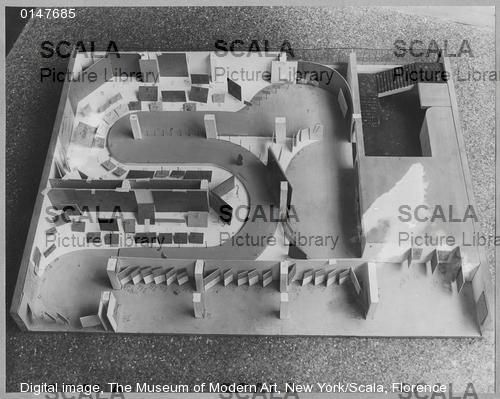
1942, Museum of Modern Art
Exhibition of propaganda, for the support of war efforts
Director of the Department of Photography at MoMA
1947: director of the Department of Photography at MoMA
Over the course of 15 years, organised 40 exhibitions, designed for spectacular effects
The Family of Man, its apotheosis
Contrary to Road to Victory, we look for evidence of humanitarian solidarity and the similarities between the peoples, this major exhibition was organized on a linear and circular basis, from beginning to end, from suffering, injustice, the war to the Redemption. It also highlighted the influence of the newly-created United Nations.

The Family of Man, 1955
Pictorialism
Pictorialism is the name given to an international style and aesthetic movement that dominated the photography industry during the end of the 19th century and at the beginning of the twentieth century, although it was still popular with some photographers until the end of the 1940’s. There is no standard definition of the term, but in general, it refers to a style in which the photographer has in some way manipulated what would otherwise be a simple photography with the objective to “create” an image rather than simply saving it. Typically, a pictorial photography appears in the absence of a sharp focus (some more than others), is printed in one or several other colors than black and white (ranging from warm brown to dark blue) and may have visible brush strokes or other manipulations of the surface. For a pictorialist, photography as a painting, drawing or engraving, was a way of projecting an emotional intent in the viewer’s imagination. It was a response to the opinion that a photograph was nothing but a simple recording of reality, transformed into an international movement aimed to improve the status of photography as a genuine form of art.
The influence of Pictorialism has gradually declined after 1920. During this period, the new photographic style Modernism emerged and the interest of the public shifted to images with precise focus and to a representation that is closer to reality.
References, Edward Steichen
Edward J. Steichen (1879–1973): The Photo-Secession Years
Edward Steichen: In Vogue, A painter by training, Edward Steichen changed fashion photography forever
The Family of Man, January 24–May 8, 1955, The Museum of Modern Art






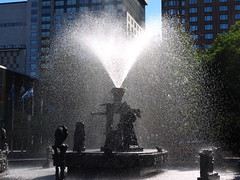
No Comments